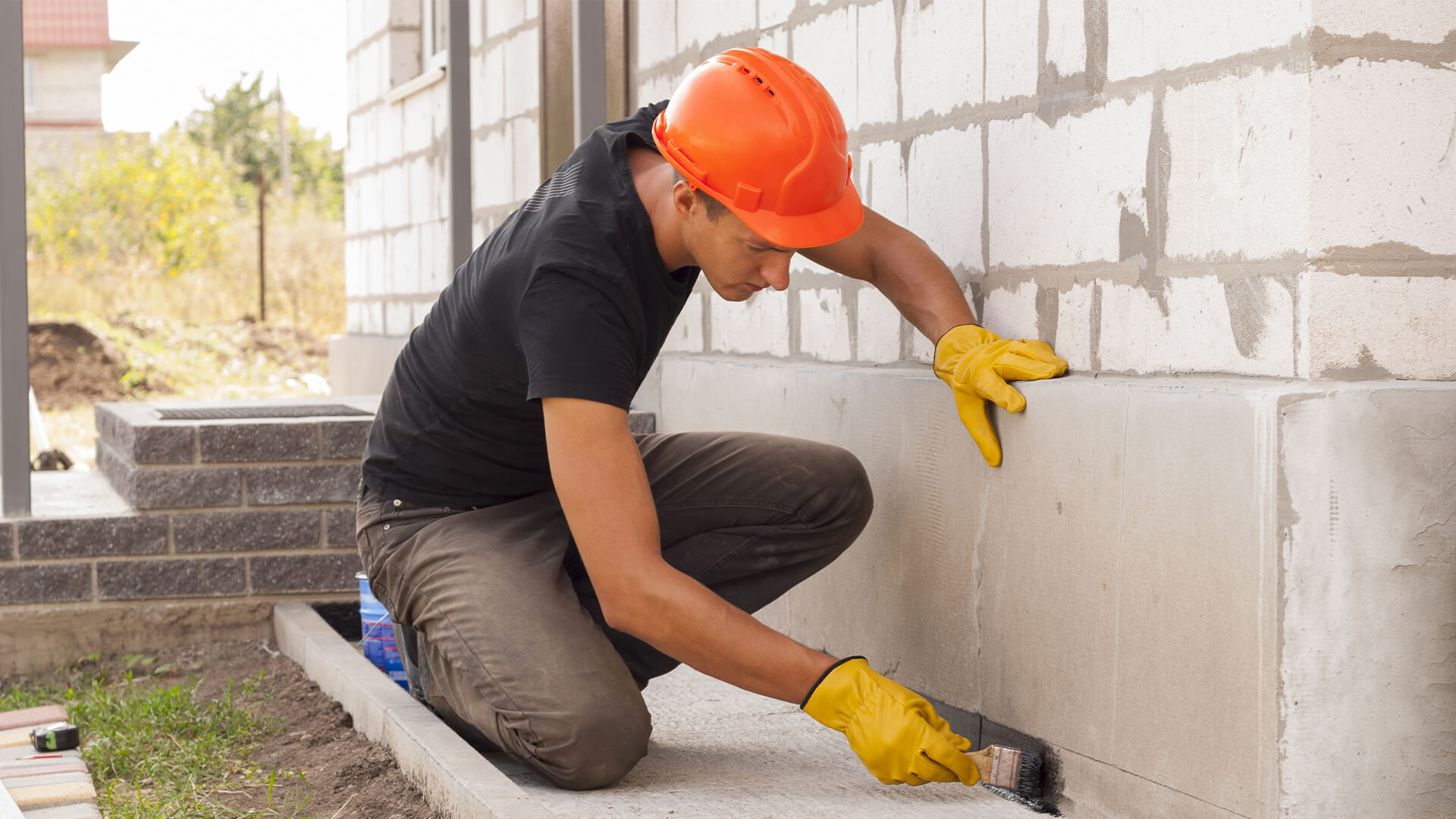Sealant Applications Following a Flood: Your Next Actions

Going through a deluge can be disastrous, leaving not only physical damage but also psychological stress. Once the floodwaters recede, many property owners and landlords are often confused what to do afterwards. One of the most crucial steps in the recovery process is waterproofing. Implementing this measure not only shields your home from future water intrusion but also helps to safeguard your investment and ensures the safety of your family.
Waterproofing is essential for every home and building, as it functions as a shield against moisture that can result in fungus, mildew, and structural damage. Understanding the various aspects of waterproofing can help you avoid thousands in repairs down the line. Whether you are contending with a basement that needs safeguarding or a roof that needs attention, knowing how to properly waterproof your property is crucial to preventing future issues. In this guide, we will explore the importance of waterproofing, the signs that show your property needs it, and the most effective methods for maintaining your space moisture-free and secure.

The Importance of Waterproofing
Sealing against water is a critical aspect of protecting the structure of homes and buildings. It acts as a protective barrier against moisture penetration, which can result in major damage over the years. Without appropriate waterproofing measures, properties are at vulnerability of facing infiltration, mold problems, and foundation problems. These challenges can threaten a property's safety and greatly reduce its worth. Therefore, investing in waterproofing should be a top priority for homeowners and builders alike.
Furthermore, financial benefits that waterproofing brings is crucial. Fixing water issues can be extremely high-priced, often running into thousands of dollars. By implementing efficient waterproofing solutions from the beginning, property owners can eliminate costly fixes and updates down the line. This preventative method not only defends the structure but also helps with budgeting and long-term financial planning.
Furthermore, waterproofing contributes to the overall comfort and wellness of the living space. Water-related issues often cause unpleasant odors and can create environments that promote mildew development, which pose health risks. A properly sealed home ensures improved indoor environment and enhances insulation performance by preventing excessive moisture from interfering with insulation and heating systems. In summary, waterproofing is not just about preserving your property; it directly influences the quality of life for the occupants.
Frequent Water-proofing Methods
A popular commonly utilized waterproofing methods is the deployment of liquid waterproofing membranes. These membranes are usually made from asphalt or polyurethane and can be applied to multiple surfaces including roofs, walls, and foundations. Following application, they form a seamless barrier that efficiently prevents water infiltration. Liquid membranes can be used for both modern constructions and in the case of updating older structures, making them a versatile choice for waterproofing.
An additional popular approach is the use of plate membranes. These pre-manufactured sheets are usually made from materials like rubberized asphalt or polyethylene. They are fitted over surfaces in a way that covers joints, providing uninterrupted protection against water penetration. Sheet membranes are particularly effective for waterproofing underground applications, such as basement walls, and are valued for their durability and ease of installation. This method is crucial in protecting structures from groundwater and hydrostatic pressure.
For locations that are susceptible to moisture, such as bathrooms and kitchens, waterproof coatings and paints serve as an effective solution. Such coatings are designed to establish a waterproof barrier on surfaces, preventing moisture from seeping through. They can be applied to walls, floors, and even ceilings in wet areas. Furthermore, specialized waterproofing products are now available that are engineered to resist mold and mildew, making them ideal for conditions where water exposure is frequent.
Determining the Right Waterproofing Options
Choosing the appropriate waterproofing option for your building is crucial to ensure effective safeguarding against moisture damage. The initial step is to evaluate your individual requirements, considering factors like the area of the structure, the amount of moisture exposure, and past water damage events. For instance, basements may need a alternative approach compared to rooftops or toilets. Understanding these elements will lead you on the most suitable waterproofing strategies and solutions.
Consider the various types of waterproofing available, such as interior and exterior methods. Interior waterproofing is often easier and more affordable, concentrating on sealing leaks and stopping moisture intrusion within the structure. However, exterior waterproofing may be imperative for extended protection, notably in areas susceptible to flooding. Article source to evaluate the pros of each option and select one that aligns with your home's specific challenges.
Finally, when in doubt, seeking advice from professionals can be a beneficial step. Professional contractors can evaluate your circumstance, offer personalized recommendations, and ensure the decided waterproofing solution is applied accurately. Their experience can help you prevent common pitfalls and ensure that your spending in waterproofing produces lasting protection and tranquility.
